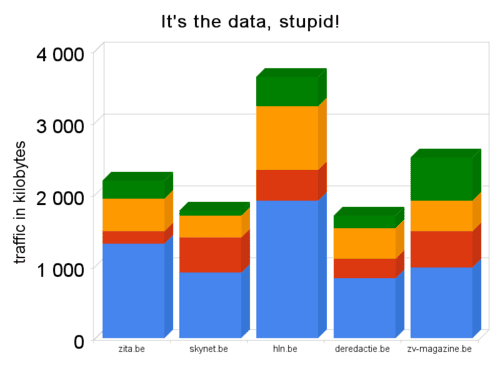![]() Snel een paar willekeurige (en vanzelfsprekend eerder oppervlakkige) bedenkingen bij de Amerikaanse verkiezingen;
Snel een paar willekeurige (en vanzelfsprekend eerder oppervlakkige) bedenkingen bij de Amerikaanse verkiezingen;
- Amerikanen en socialisme, dat gaat nooit goed komen. In een -overigens over heel de lijn opmerkelijk- interview vroeg een journaliste bezorgd fronsend aan running-mate Biden of Obama “van Amerika geen socialistisch land zoals Zweden zou willen maken”. De centrum-rechtse conservatieve premier van één van de meest welvarende landen ter wereld zal het graag horen.
- Applaus voor Obama uit zowat heel Europa, we duimen (bijna) allemaal voor hem, maar zouden er veel Europese landen zijn waar een niet-blanke kans maakt om zo’n belangrijke functie uit te oefenen?
- Als het regent in Washington (Parijs heeft al lang afgedaan), druppelt het bij ons. De keuze voor een McCain of een Obama kan misschien versterkend dan wel ontmoedigend werken voor politieke stromingen in Europa, denk aan Clinton met Blair en Schröder en aan Bush met Berlusconi en Aznar (of is het dan toch Spanje dat de toon aangeeft; Aznar werd al in 2004 opgevolgd door socialist Zapatero)?
- Waarom hebben de Republikeinen McCain naar voren geschoven? Wie besloot hem met Palin op te zadelen? Zijn ze, mede door aanslepende oorlogen, budgettaire tekorten en andere kredietcrisissen de kluts kwijt misschien? Waar zijn al die (vermaledijde maar blijkbaar toch inspirerende) neo-cons?
- Het moeten (met de kredietcrisis en Obama’s succesvolle campagne) verwarrende tijden zijn voor neo-conservatieve free-market-adepten. Niet alleen in de USA, maar ook op pakweg LVB.net?

